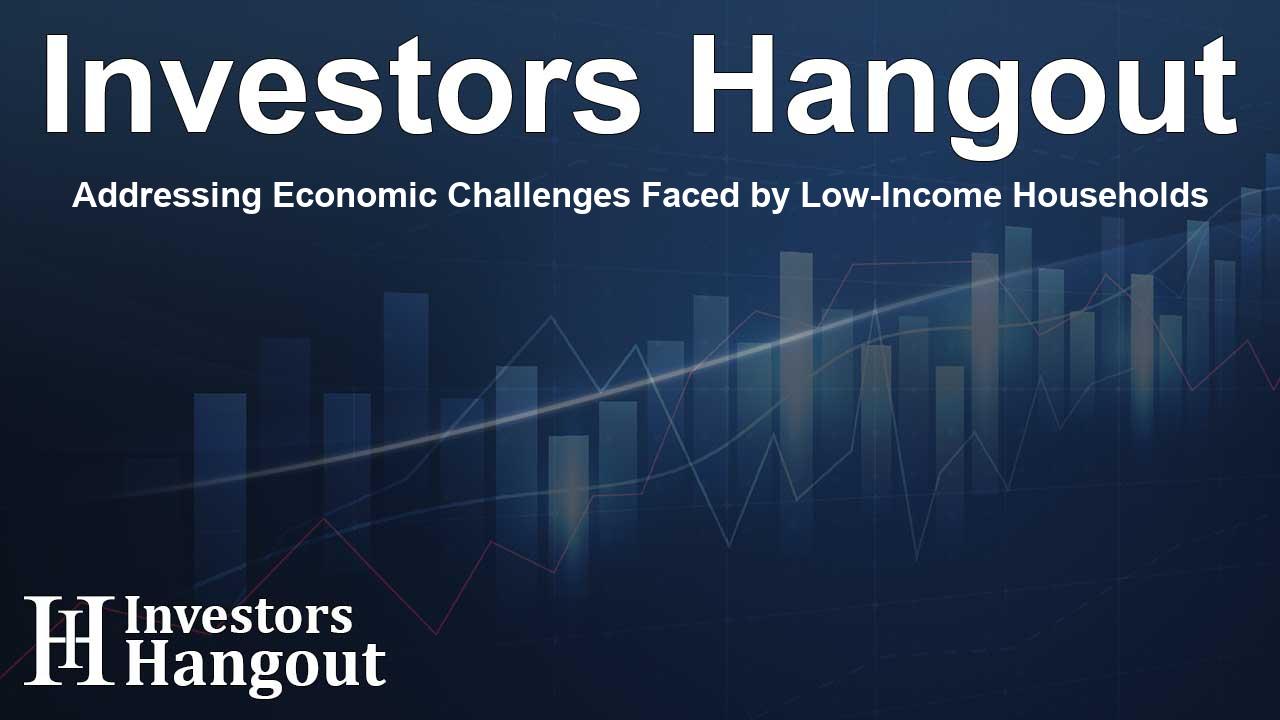Addressing Economic Challenges Faced by Low-Income Households

Understanding Economic Challenges for Low-Income Households
The economic landscape continues to pose significant challenges for many Americans, particularly those from low- and middle-income backgrounds. Recent research reveals that a considerable portion of the population is unable to secure even a minimal quality of life. This discrepancy highlights the vast gap between what many earn and what they actually need to thrive.
MQL Index: A New Perspective on Cost of Living
A key component of understanding this situation lies in the Minimal Quality of Life (MQL) Index. This innovative approach redefines traditional metrics that have often overlooked essential aspects of living, focusing instead on both basic expenses and those necessary for overall well-being.
According to the MQL Index, costs for achieving economic security have escalated significantly. Between 2001 and 2023, the expenses required to maintain a decent standard of living almost doubled, increasing by 99.5%, which is considerably higher than the overall Consumer Price Index. Notably, housing costs skyrocketed by 130%, healthcare by an alarming 178%, and education expenses for state universities soared by 122% during this period. These figures starkly contrast with the stagnation in median earnings for low- and middle-income households, which fell by 4% when adjusted for inflation, revealing a troubling economic reality.
Income Disparities and Their Impact
The Shared Economic Prosperity (SEP) Measure, which accompanies the MQL Index, provides a sobering analysis of income distribution. The data indicates that while the bottom 60% of earners only comprise 22% of the overall disposable income pool, they actually require a staggering 39% of that income to meet the standards set by the MQL. This gap shows that an average household in this income bracket, with an annual income of around $38,000, is falling short by over $29,000 to achieve a minimal quality of life.
Growth Concerns for Income Brackets
Further examination of income growth trends between 2001 and 2023 indicates that the growth for these low-income households has been inadequate, averaging a meager 0.37% annually. This is in stark contrast to income growth in the top 40% of earners, who experienced growth of 1.03% per year, and the top 5% even higher at 1.24%. Such data points reveal a widening chasm in economic mobility and opportunity.
Gene Ludwig, chair of the Ludwig Institute for Shared Economic Prosperity, has pointed out that mainstream economic indicators like GDP and unemployment rates do not capture the true economic struggles of average Americans. While the economy may appear to be thriving on the surface, many hardworking individuals are feeling the strain as they attempt to navigate a system that seems to leave them out of the benefits of economic growth.
Conclusion: Reflecting on the Future
The findings underscore the pressing need for a reevaluation of how economic prosperity is defined and measured. Traditional methods of examining economic health fall short in representing the realities faced by millions. As the MQL and SEP indicators shed light on the disparities in economic well-being, they serve as crucial tools for guiding policymakers and fostering discussions on how to create a more equitable financial landscape that prioritizes the needs of all Americans.
Frequently Asked Questions
What is the Minimal Quality of Life (MQL) Index?
The MQL Index is a new measure that captures the cost of achieving not just survival, but a quality of life that includes dignity, growth, and opportunity.
How have costs increased since 2001?
Costs for essential needs like housing, healthcare, and education have significantly risen, doubling in many cases, while wages for low-income earners have declined.
What is the Shared Economic Prosperity (SEP) Measure?
The SEP Measure analyzes the income necessary to achieve a minimum quality of life compared to actual income distribution, revealing economic imbalances.
Why is traditional economic data misleading?
Standard metrics like GDP do not reflect the everyday experiences of majority Americans, omitting important aspects of economic reality.
What actions can be taken to address these issues?
Reevaluating economic indicators and creating policies aimed at improving income distribution and economic security for low- and middle-income households is vital.
About The Author
Contact Olivia Taylor privately here. Or send an email with ATTN: Olivia Taylor as the subject to contact@investorshangout.com.
About Investors Hangout
Investors Hangout is a leading online stock forum for financial discussion and learning, offering a wide range of free tools and resources. It draws in traders of all levels, who exchange market knowledge, investigate trading tactics, and keep an eye on industry developments in real time. Featuring financial articles, stock message boards, quotes, charts, company profiles, and live news updates. Through cooperative learning and a wealth of informational resources, it helps users from novices creating their first portfolios to experts honing their techniques. Join Investors Hangout today: https://investorshangout.com/
The content of this article is based on factual, publicly available information and does not represent legal, financial, or investment advice. Investors Hangout does not offer financial advice, and the author is not a licensed financial advisor. Consult a qualified advisor before making any financial or investment decisions based on this article. This article should not be considered advice to purchase, sell, or hold any securities or other investments. If any of the material provided here is inaccurate, please contact us for corrections.
